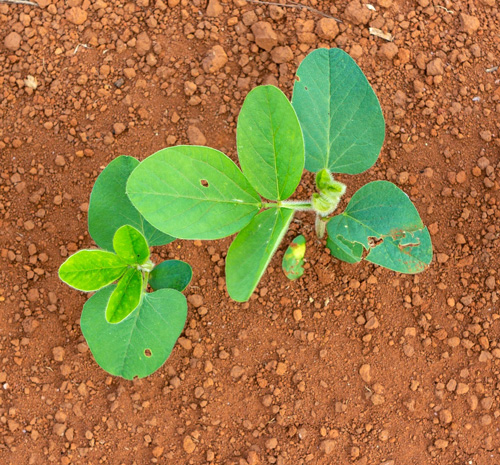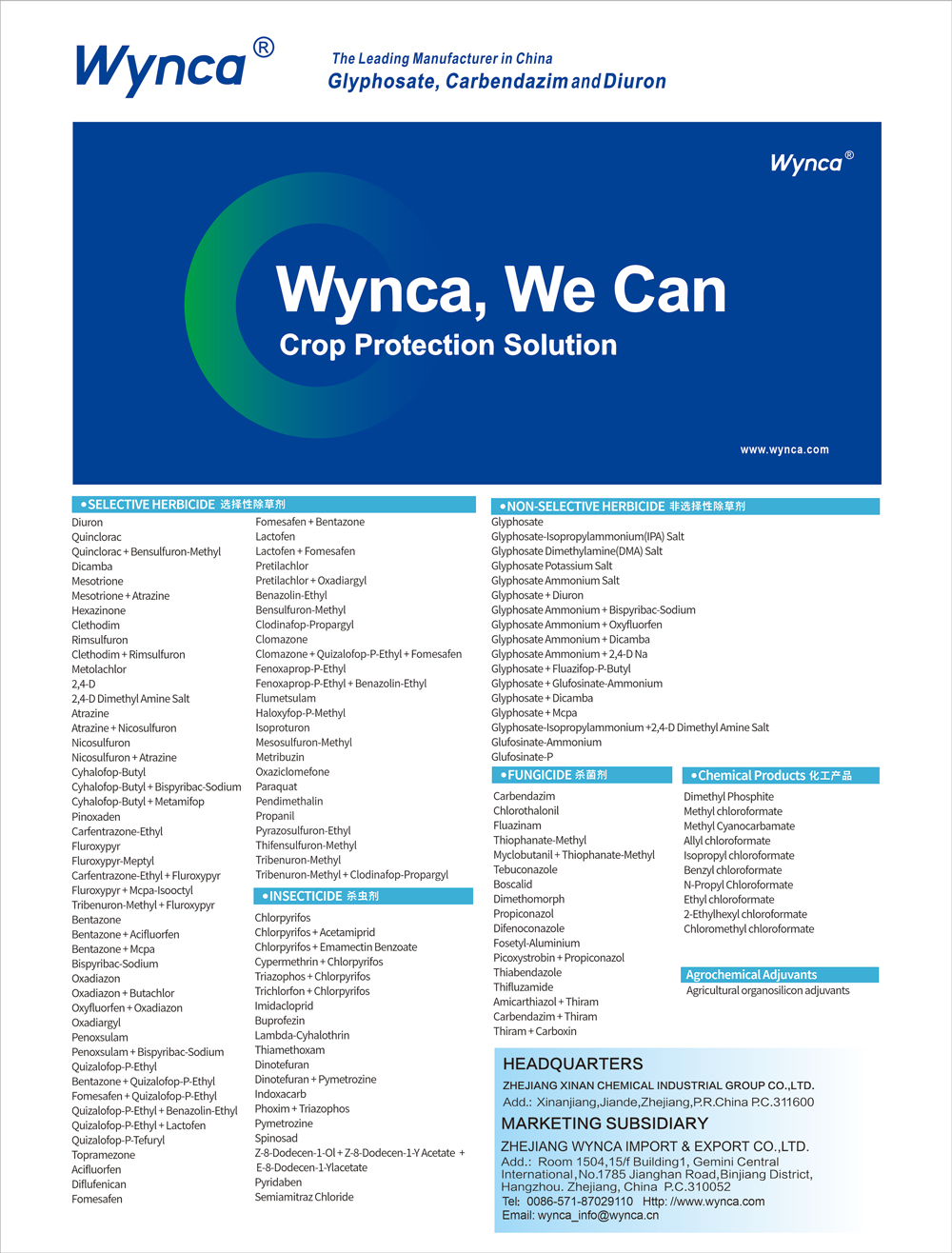From The Editor

India’s Call to the WTO to Standardize MRLs for Better Trade
Scroll Down to Read
 |
Renee Targos Editor |
AgriBusiness Global recently published an op-ed by President Pradip Dave of the Pesticides Manufacturers & Formulators Association of India (PMFAI) that expressed some key points about how different countries are playing with standards for maximum residue limits (MRLs) and how it’s impacting exports.
He brought up these considerations:
- MRLs need to be decided on risk-based scientific evidence, not a hazard-based approach.
- MRLs are a trading standard, not toxicological safety standard.
- The Government of India has demanded the World Trade Organization (WTO) create guidelines to determine “default MRLs of pesticides, in the absence of uniform international standards.”
Most of the op-ed points to frustration with the European Union. I’ve heard a lot of aggravation expressed about the EU’s MRL standards, especially at this year’s AgriBusiness Global℠ LATAM Conference in Panama City, Panama.

Daniel Traverso

Manuel Augusto Olaechea von Sonnenberg
Panelists Manuel Augusto Olaechea von Sonnenberg, Chief Operating Officer for Sunfruits Export in Peru and Daniel Traverso, Vice President of Anasac International based in Chile, along with two other experts, discussed the EU’s MRL standards affect on LATAM exports.
I asked Olaechea and Traverso what they thought of Dave’s op-ed.
Olaechea said it would be a good alternative for the WTO or “another organization with a scientific and non-political base” to define a general baseline to serve as a guide. This outside organization should be focused on the consumer’s health and “not on other motivations.”
He also said that such an organization would be helpful in solving other problems, such as when “exporting to a destination that is closed to us because the products do not comply with the indications on their own label. We should be able to present these realities to this same organization so that they remove from the market these products that damage the possibilities of exporting fruit to thousands of farmers.”
For countries and their growers that heavily depend exporting their crops, Traverso said the dangers of varying MRL standards “impede free trade and affect production costs and profitability for developing countries … this favors food deglobalization, which in my opinion is complex and dangerous, where the politic discourse on food security begins to change to food sovereignty.”
What is the solution?

Valeria Piñeiro
Valeria Piñeiro, Regional Representative Latin America and Caribbean and Senior Research Coordinator at the Markets, Trade and Institutions Division for the International Food Policy Research Institute says, “It is not a simple answer.”
The WTO is a multilateral institution where any changes require consensus among all member countries.
“There is a need to coordinate, harmonize, and agree on many topics, some of which are already covered under the Agreement on Agriculture (AoA), such as market access, cotton, and domestic support,” says Piñeiro. “Other issues, like environmental and health standards, and front-of-package labeling, need to be included in the WTO’s agricultural committee discussions. These measures will benefit consumers and producers by reducing costs and promoting sustainability. However, it is essential that these actions be based on scientific evidence to prevent them from becoming non-tariff barriers to trade.”
The key here is scientific evidence.
I think that is Dave’s most important point. While the WTO’s Agreement on the Application of Sanitary and Phytosanitary Measures (the SPS Agreement) allows WTO member countries to set their own standards for sanitary and phytosanitary measures—those measures must be based on science.
My question to all of you is how does our industry work together to address this? I’d like to hear your opinions, and possibly publish some of them with your permission, to create a dialogue to move global food production forward. Please write to me at [email protected]. •
